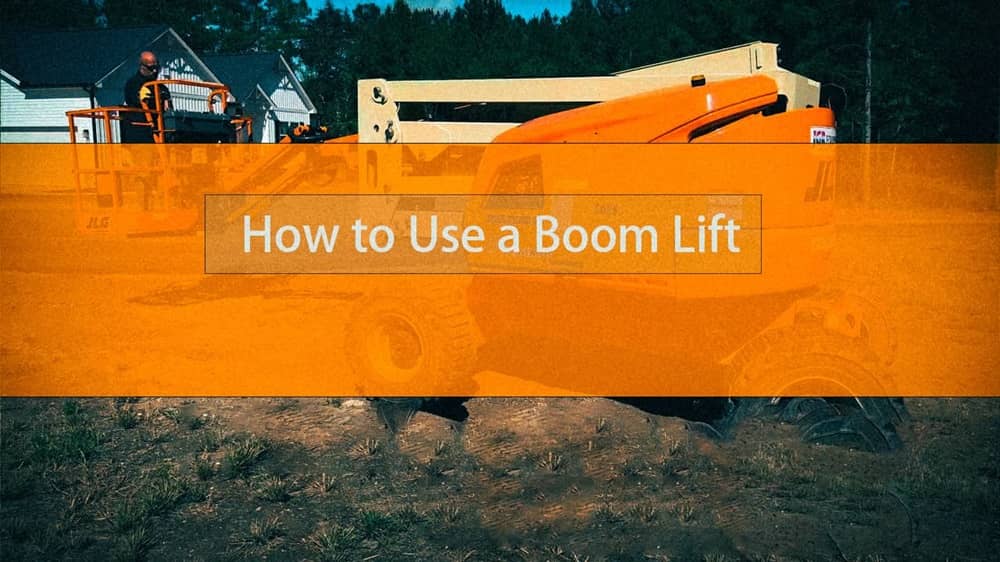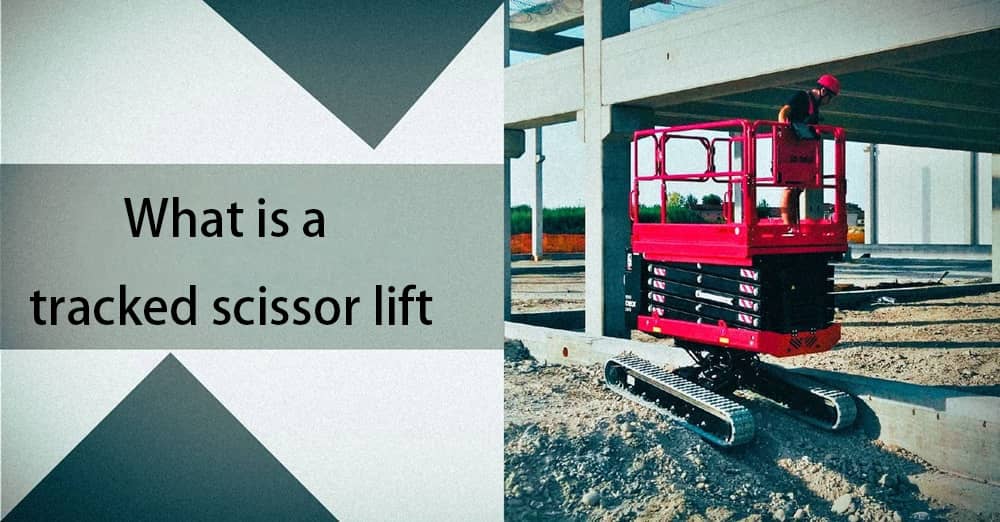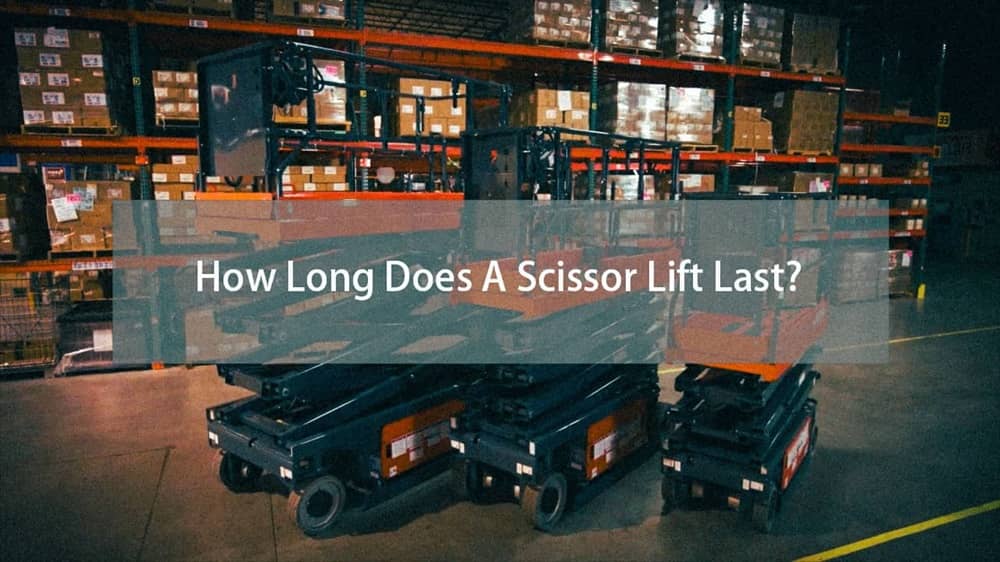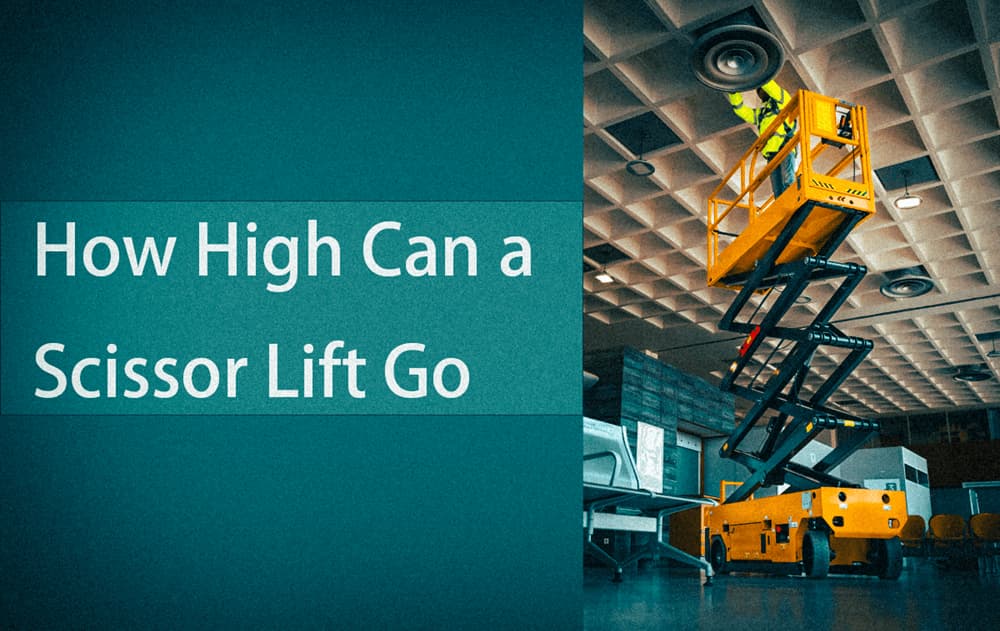Boom lifts are probably one of the most important machines in the construction, agriculture, facility maintenance and logistics industries. Boom lifts come in different brands and models, each with different height and weight limits. Understanding how they work from the ground to the basket is important for every aerial work platform operator.
As a professional boom lifts supplier, Holdwell cares about the safety of every boom lift operator. This guide will take you step by step through all the procedures about how to use a boom lift safely and efficiently.
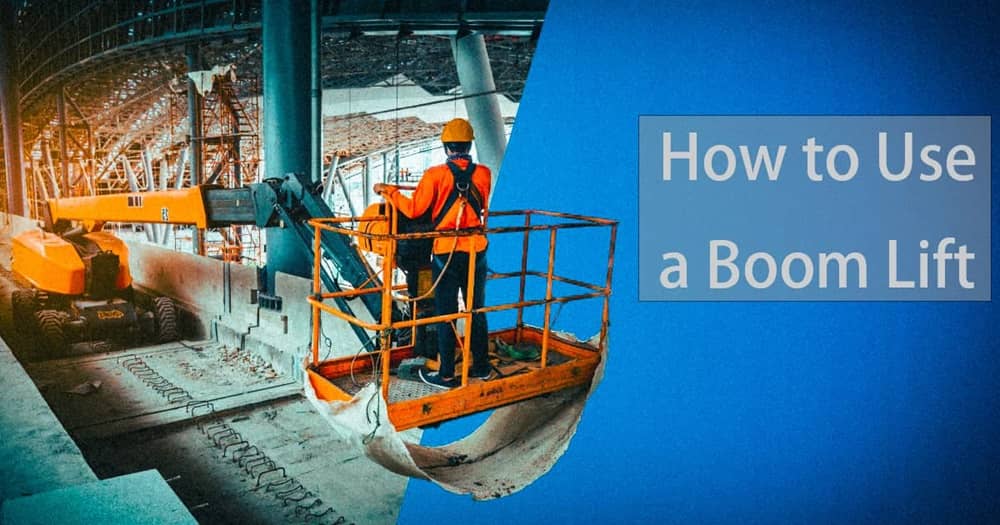
Types of Boom lifts
When it comes to boom lifts, it’s natural to know that there are 2 different types: telescopic boom lifts and articulating boom lifts. Each type is designed to meet specific work requirements and working conditions.
Articulating boom lifts are excellent in confined spaces and can maneuver around obstacles with their “up-and-over” capability, making them perfect for indoor applications, factory maintenance, and situations requiring precise positioning.
Telescopic boom lifts are the most common of the boom lifts. They have a single straight arm that goes out from the base and offers better horizontal reach and increased working heights, sometimes up to 185 feet. These pieces of machinery are specifically ideal for outdoor construction sites, building maintenance, and any application that will require such kind of elevated height.
If you want to know more about the differences between articulating and telescopic boom lifts, read Holdwell’s guide on Articulating vs. Telescopic Boom Lifts.
.
Pre-operation Check
A pre-operation inspection can be a primary defense against accidents or equipment failure.
First thing, have a look at the work area- are there overhead wires, is the ground stable, and objects that can cause interference to your boom lift? A safe workspace is a clear workspace. Evaluate your work environment. Are there loose, hole, or sloping spots that may cause the lift to be unstable? This is where 90% of your boom lift’s stability comes from- the type of ground it’s placed on.
- Check the fluid levels in the motor oil, hydraulic oil, and for the fuel in the tank; any of these being low can result in a fault that may damage the machine. Check tire pressure and overall condition for wear or damage. In addition, if your lift is equipped with outriggers, check these components as well.
- System Testing: Responsive and perfect functioning of all controls including the ground controls, platform controls and associated emergency systems such as the emergency stop button, and lowering mechanism are tested.
- Platform Assessment: The lift platform is inspected for structural damage, loose bolts, or signs of wear which could lead to malfunction. Guardrails must be in place, the platform should be clean with no trip hazards.
- The manual for this particular model may recommend further checks prior to each use, as well as more detailed periodic inspections.
Pre-operation inspections are much more than just filling out forms. They are a critical part of your safety procedures. By examining the surroundings and machine before every use, you’ll be ready for safe and smooth operations.
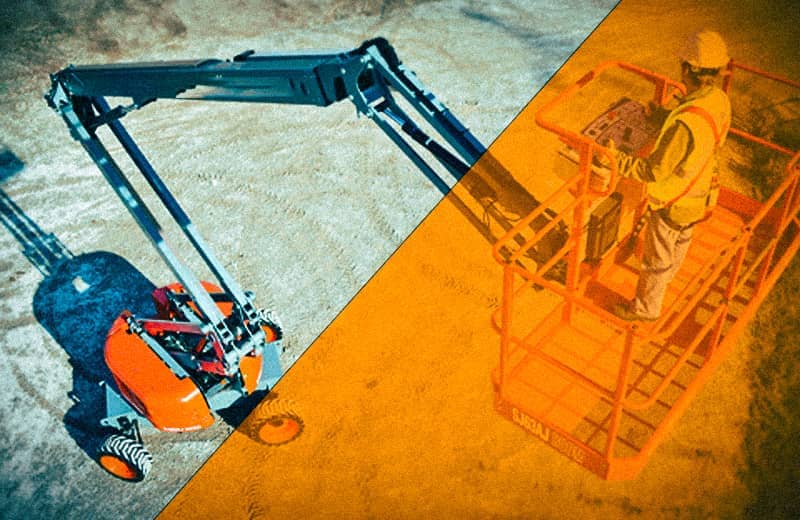
How to Operate the Boom Lift
After completing the pre-operation inspection, you can start the boom lift. The specific operation of the boom lift may vary depending on the type, brand and model, but the general process is similar.
The following is a general introduction to how to operate the boom lift. If you encounter other problems not mentioned in the article, please contact Holdwell and let us know your boom lift model. Our experts are at your service 7/24.
Start the Boom Lift
Before starting the engine, locate and get to know all the controls and indicators. There may be some variations in design for different models but you should normally be able to find the following:
- Engine start/stop controls
- Emergency stop button
- Boom movement and basket controls
- Level indicators
- Load sensors Take a few minutes to familiarize yourself with the functionality of each gauge, light, and switch. This knowledge is very important for operating the lift safely.
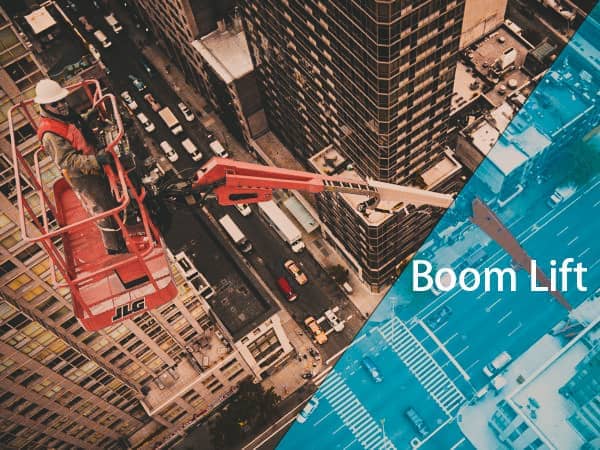
Positioning the Boom Lift
- Drive the lift to the desired work location
- Ensure the ground is level and stable
- Set outriggers or stabilizers if equipped
Entering the Platform
- Use three points of contact when climbing into the platform
- Attach your safety harness to the designated anchor point
- Close the platform gate securely
Raising and Positioning the Boom
- Use the platform controls to raise the boom
- Extend or articulate the boom as needed
- Position the platform carefully near the work area
- Avoid obstructions and maintain safe distances from power lines
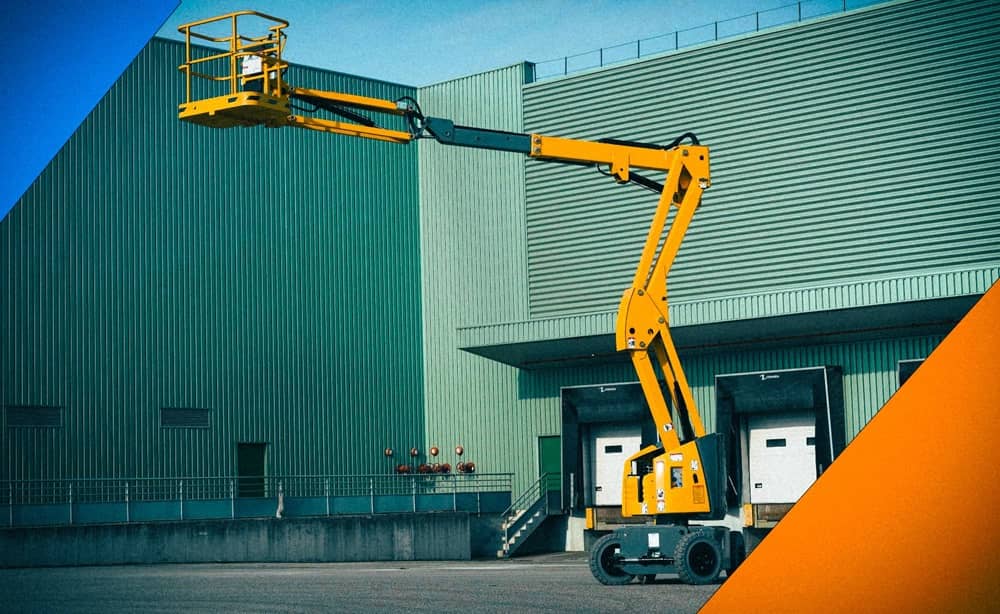
Working from the Platform
- Maintain a stable position within the platform
- Do not exceed the platform’s weight capacity
Avoid reaching outside the platform guardrails
Lowering and Moving the Boom Lift
- Retract the boom before lowering
- Lower the boom slowly, watching for obstructions
- Ensure the boom is fully lowered before driving
Driving the Boom Lift
- Use smooth, controlled movements
- Travel with the boom in the lowered position
- Watch for obstacles, uneven terrain, and overhead clearances
- Reduce speed when turning or on inclines
Shutting Down
- Lower the boom completely
- Retract all extensions
- Park on level ground
- Turn off all controls and remove the key
Post-Operation
- Conduct a post-operation inspection
- Report any issues or malfunctions
- Clean the platform and controls
- Secure the boom lift if necessary
Operating a boom lift is not only about mastering the controls, but also understanding the differences in actual use between different brands and models. Whether you are an experienced lift rental or an individual buyer who is just getting into construction equipment, this guide is designed to provide you with the basic knowledge you need about how to operate the boom lifts.
Holdwell inventory includes telescopic and articulating boom lifts encompasses various brands and models, so the right equipment fitting your requirement and budget is sure to be found. Please get in touch with our sales professionals for more information on the equipment.

